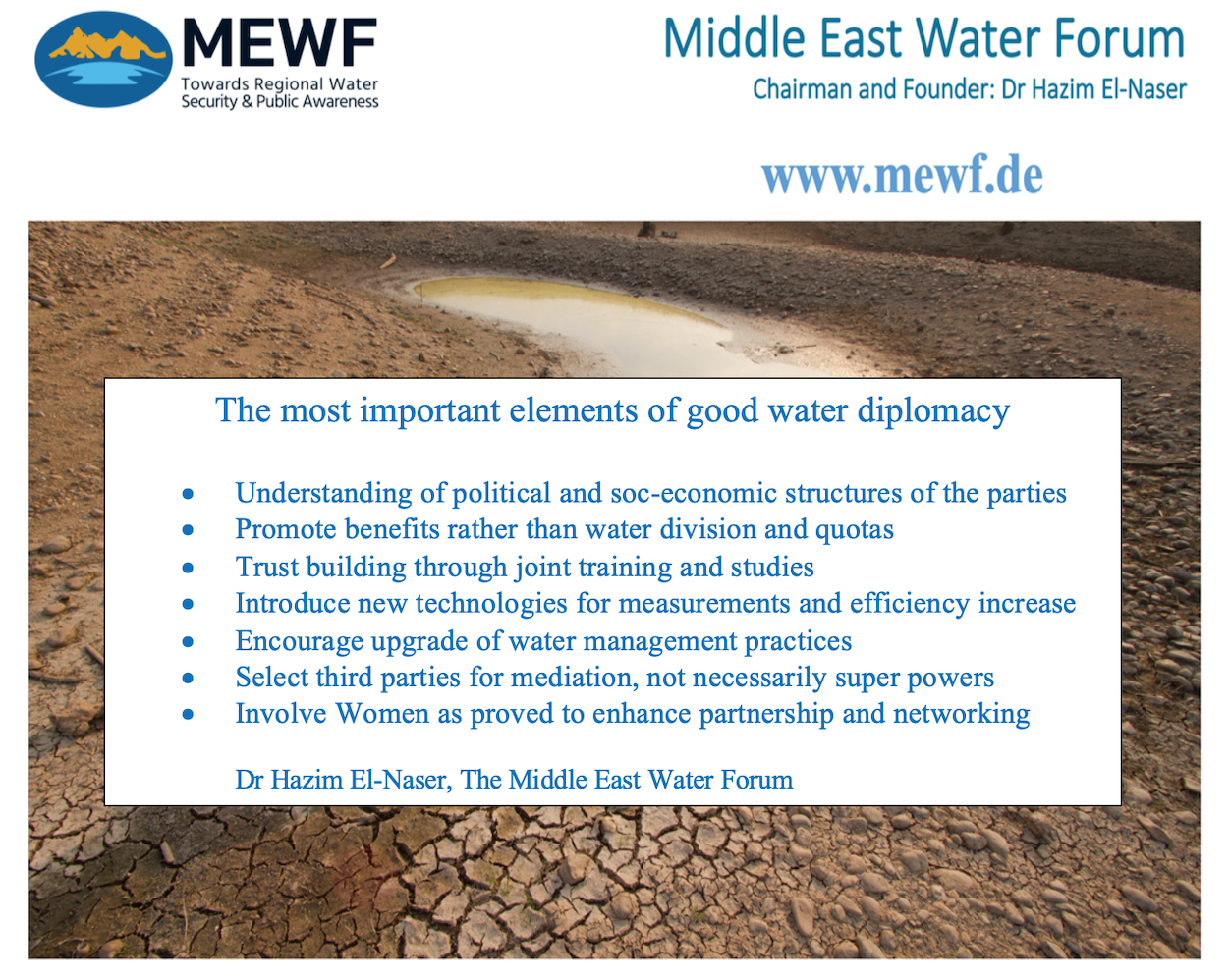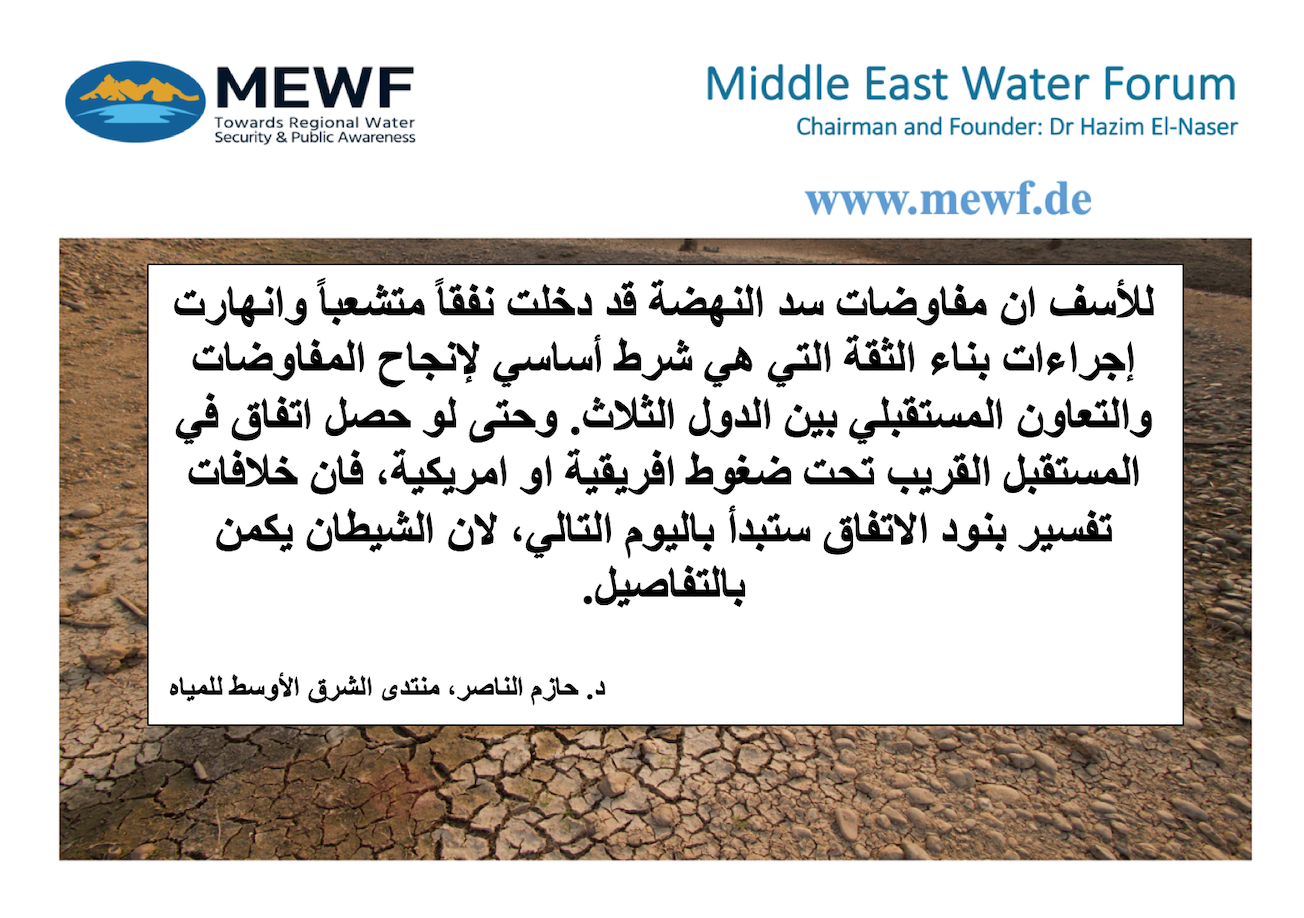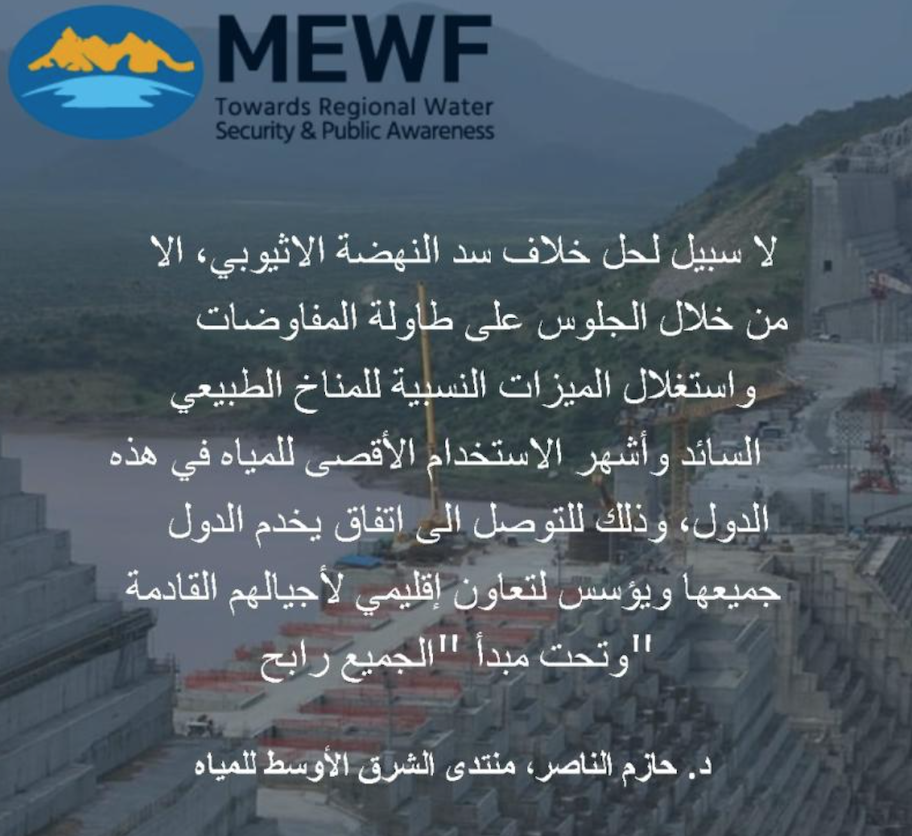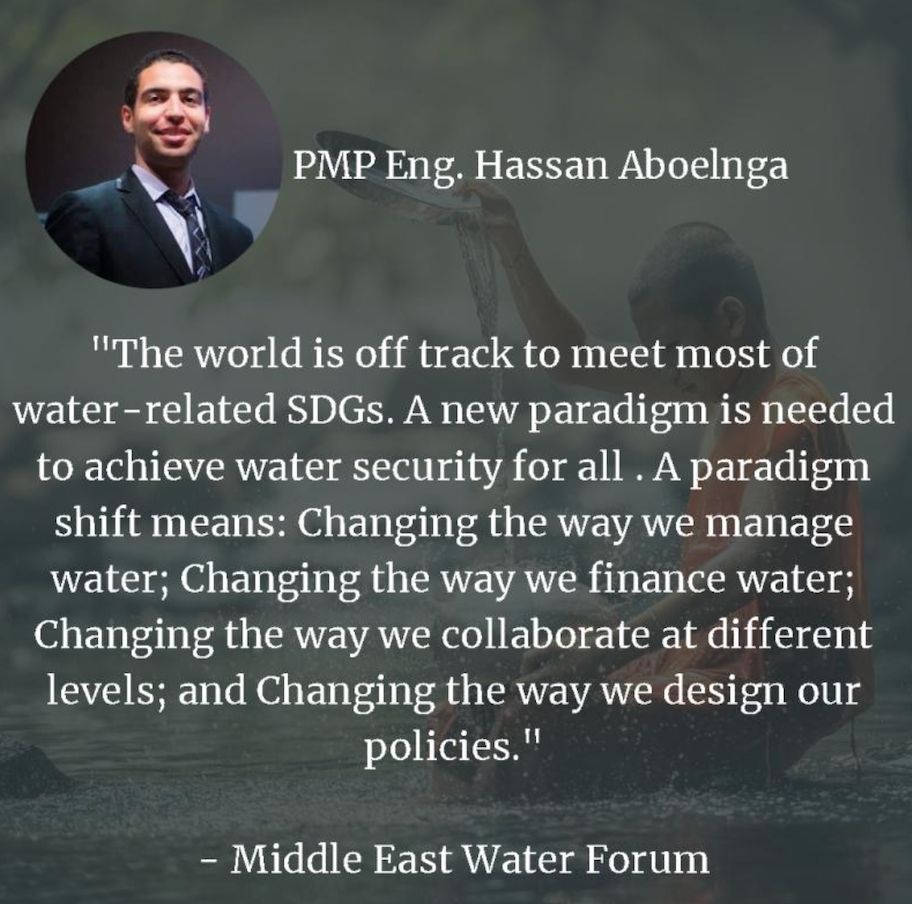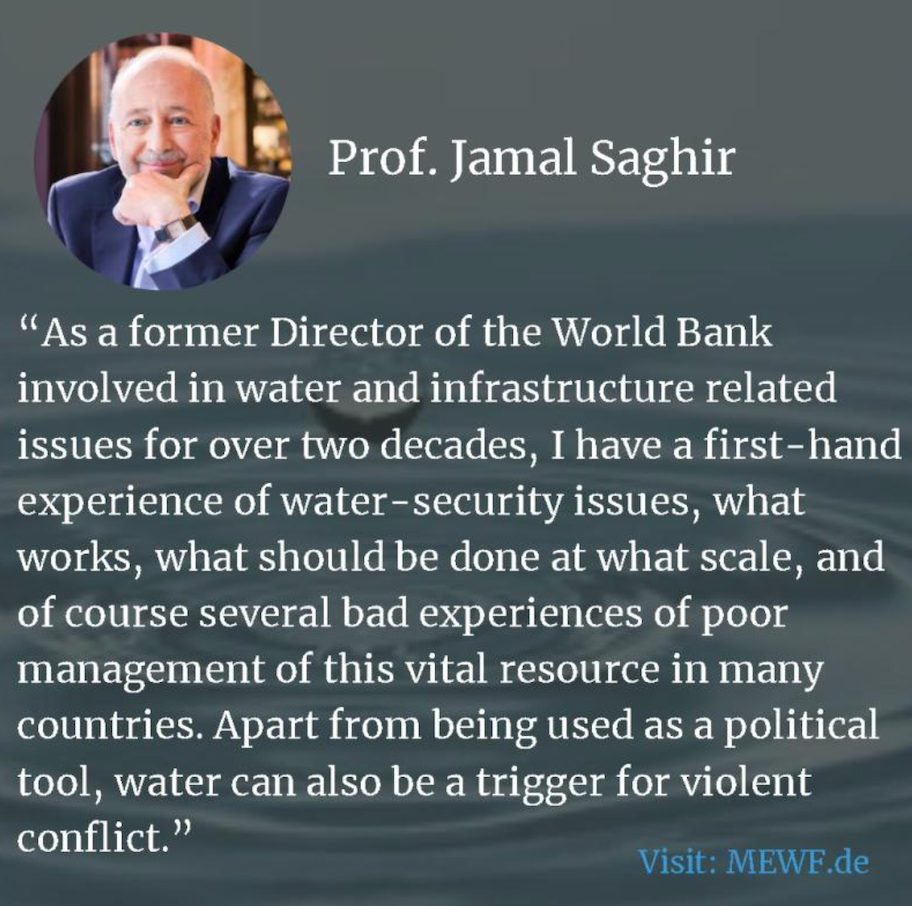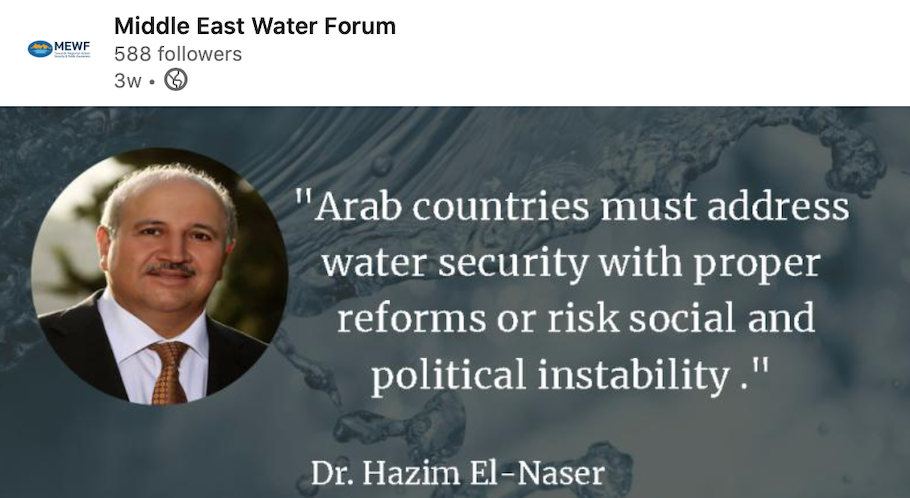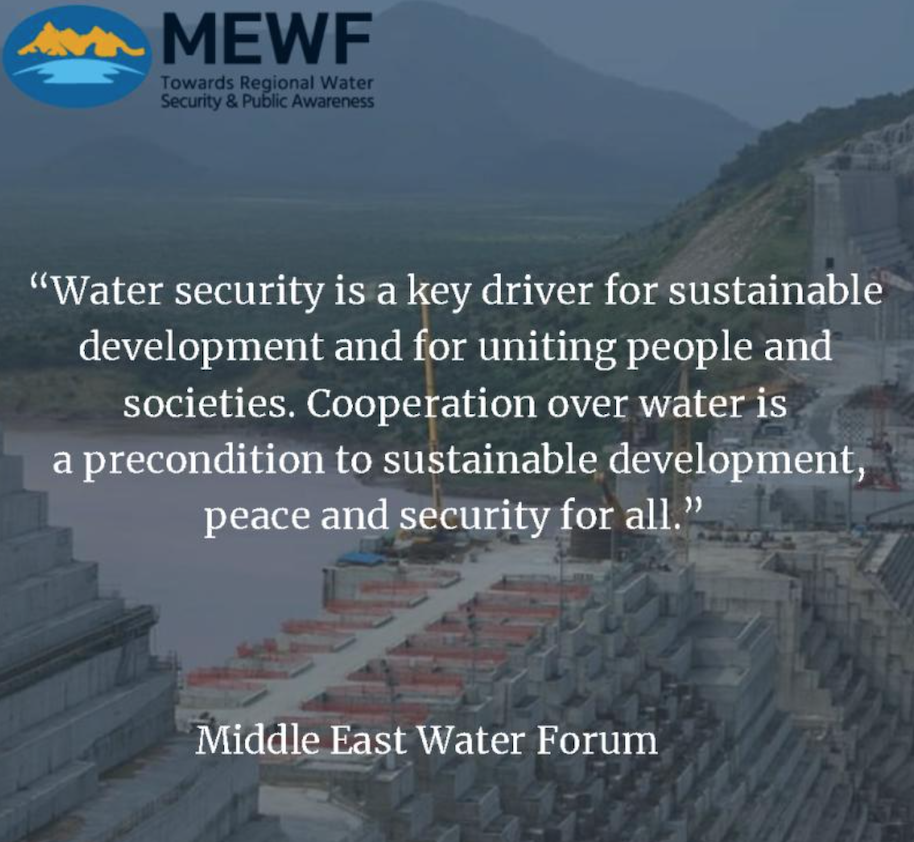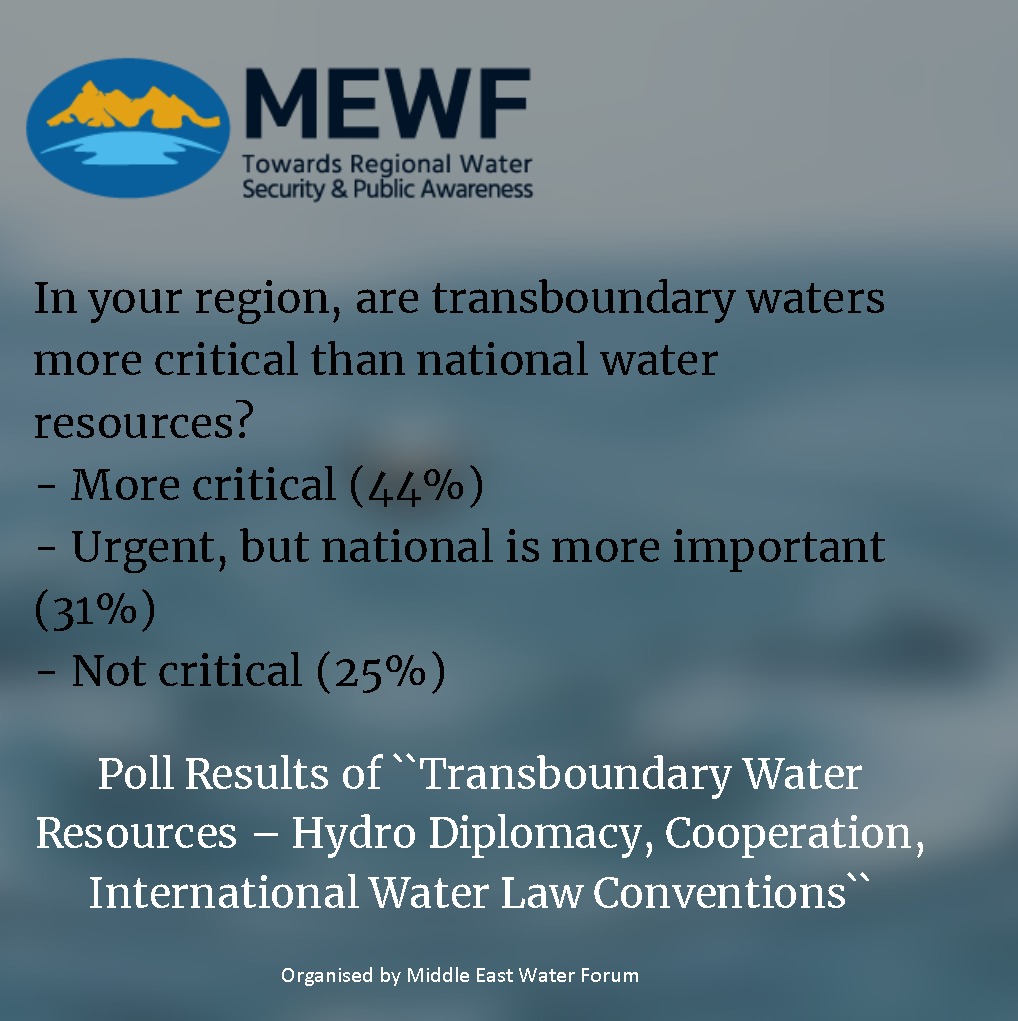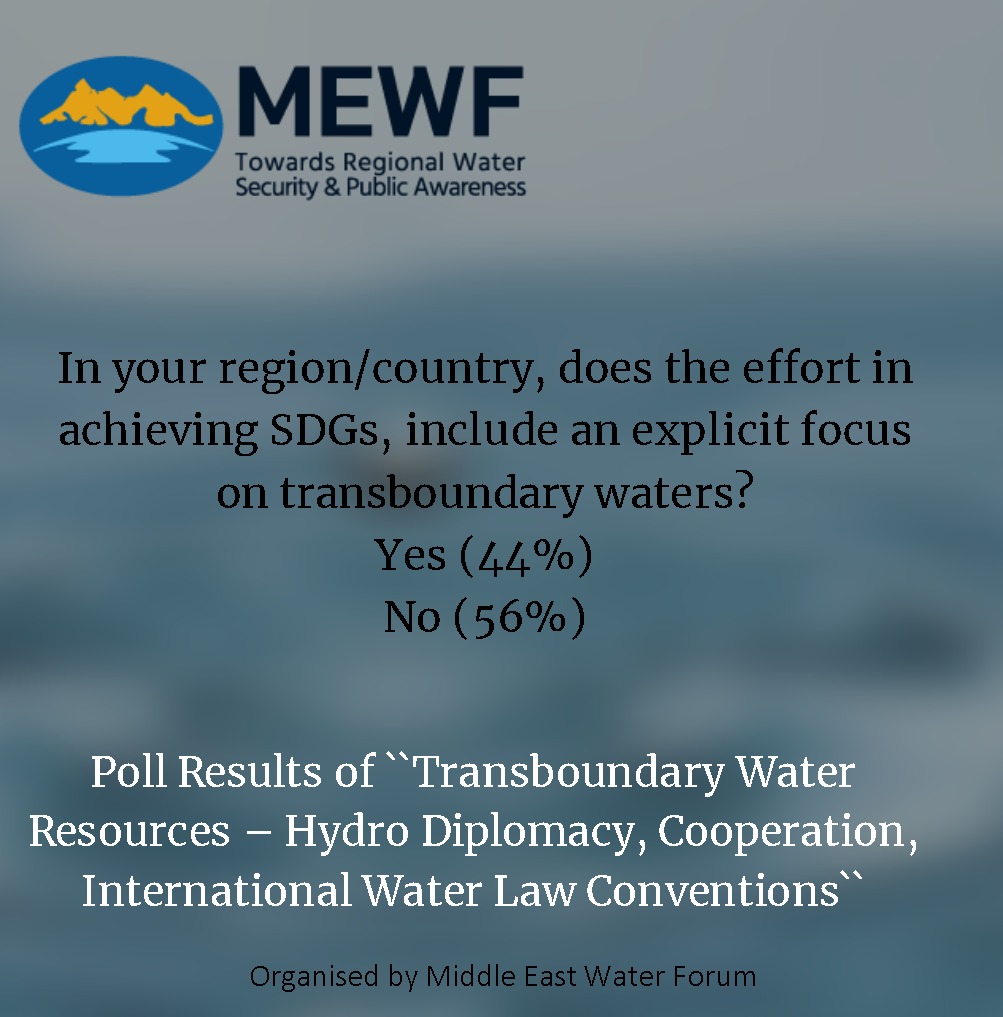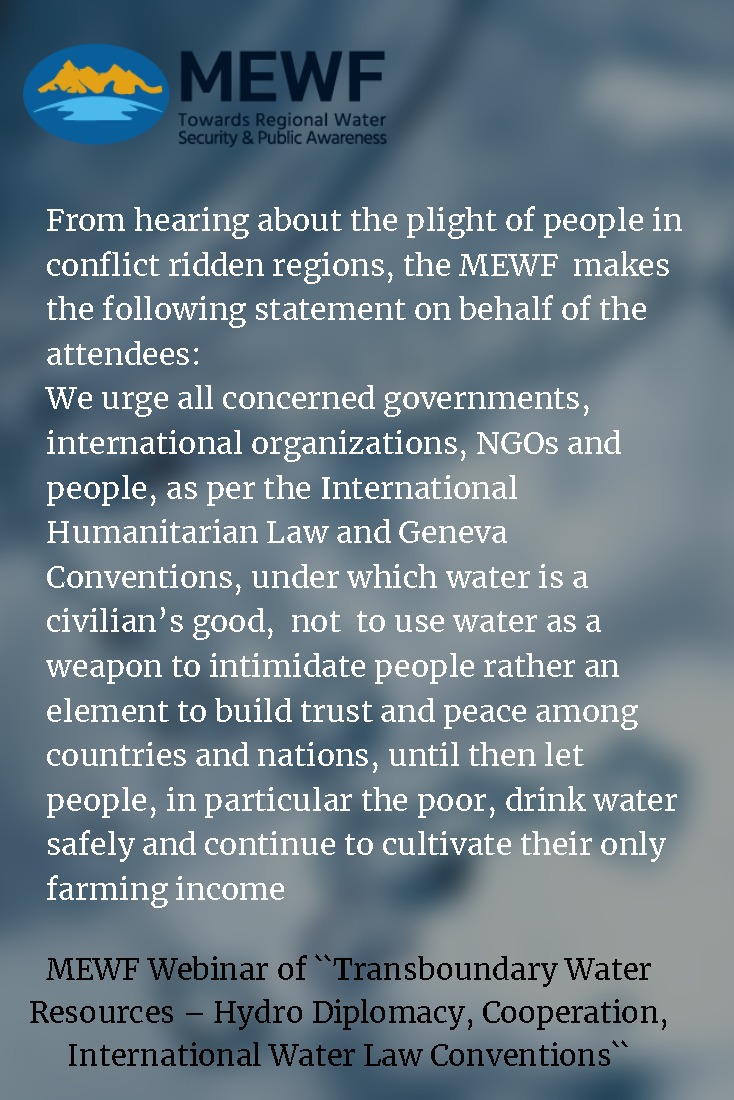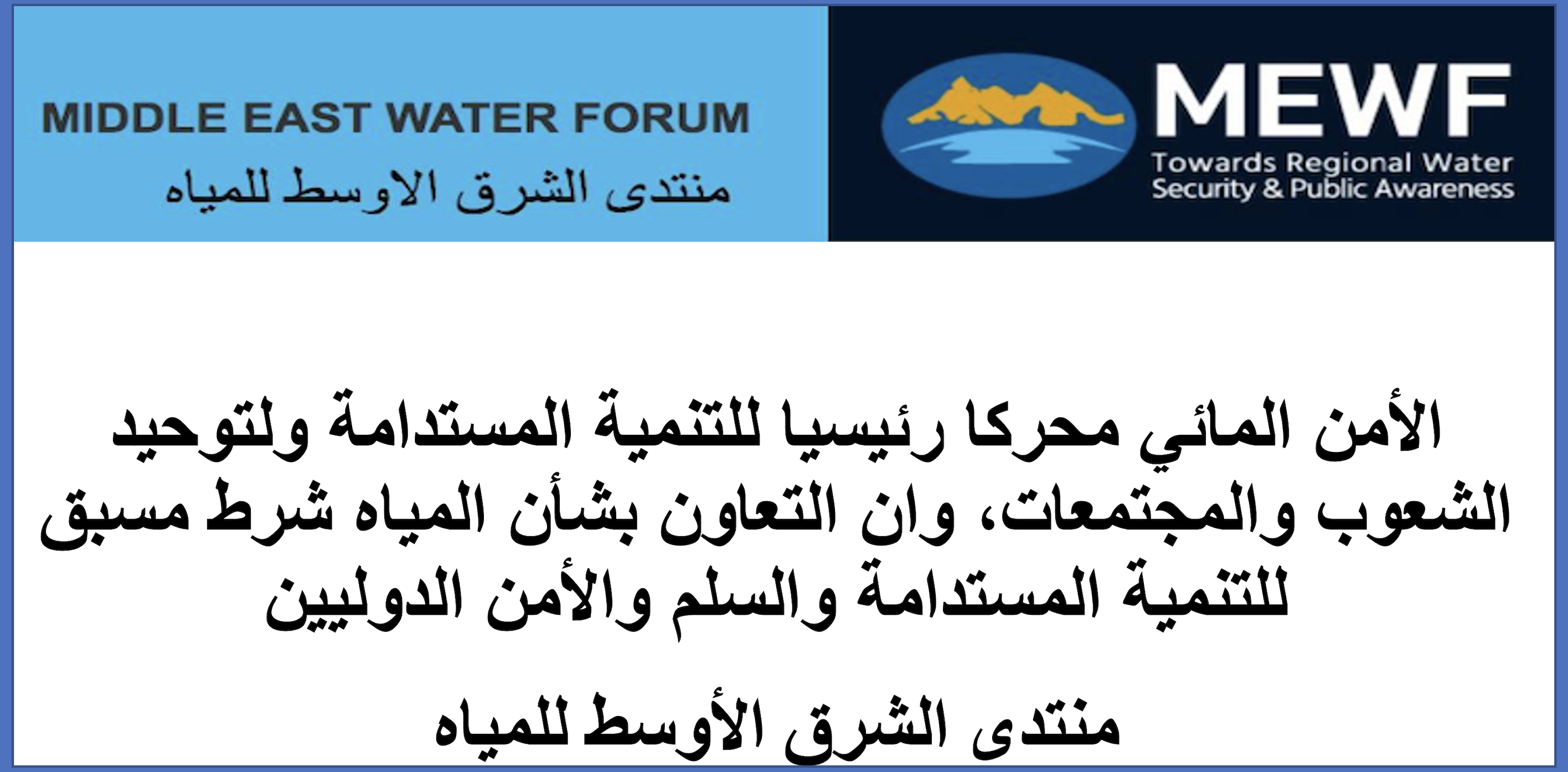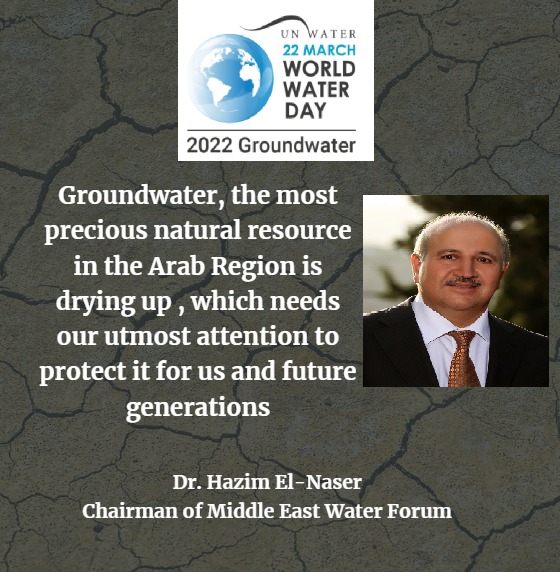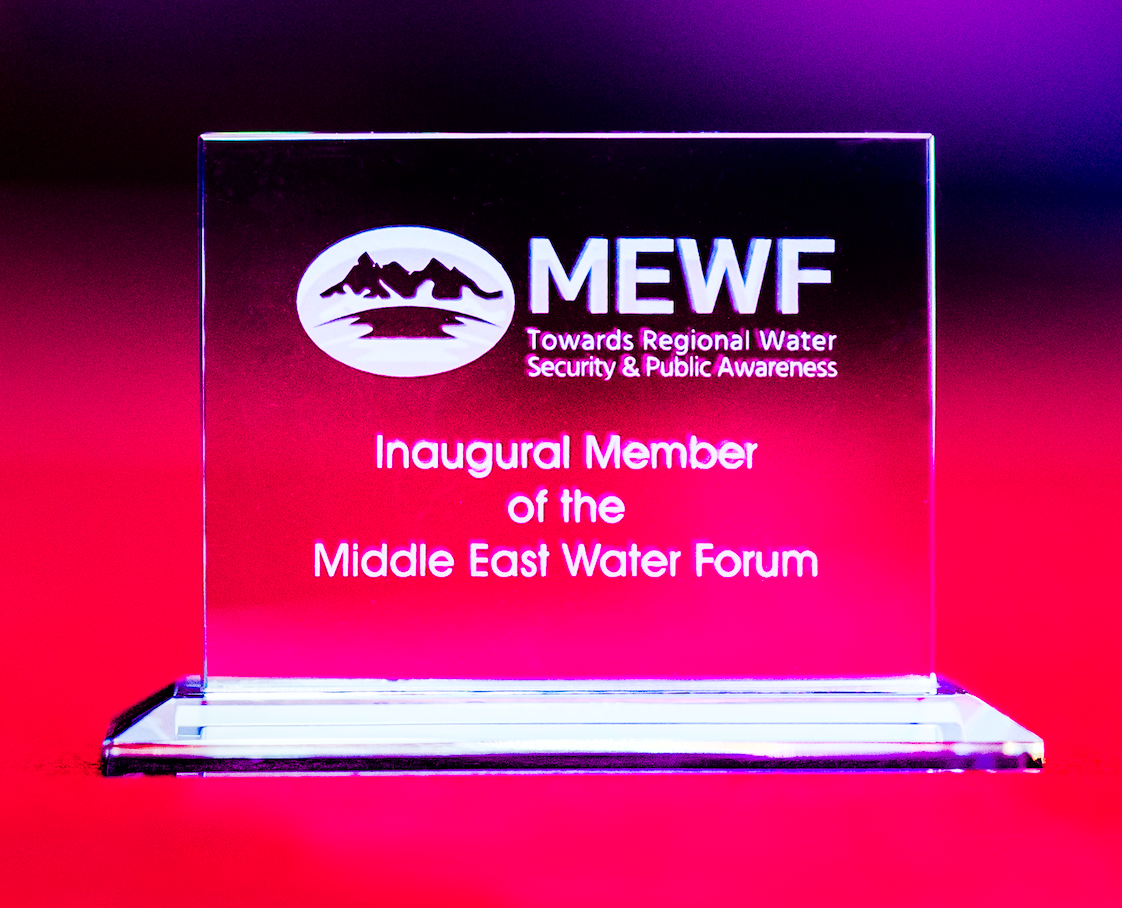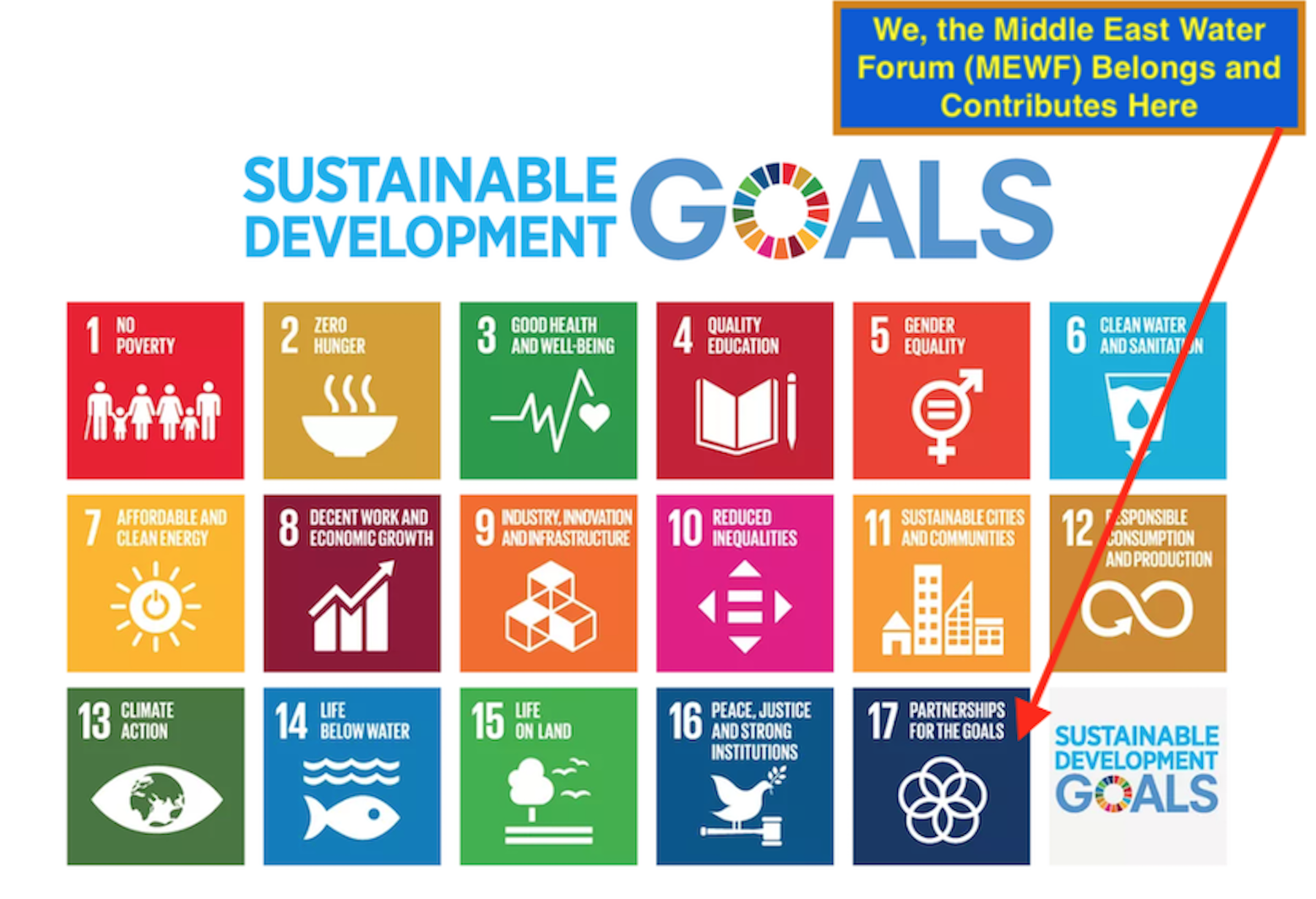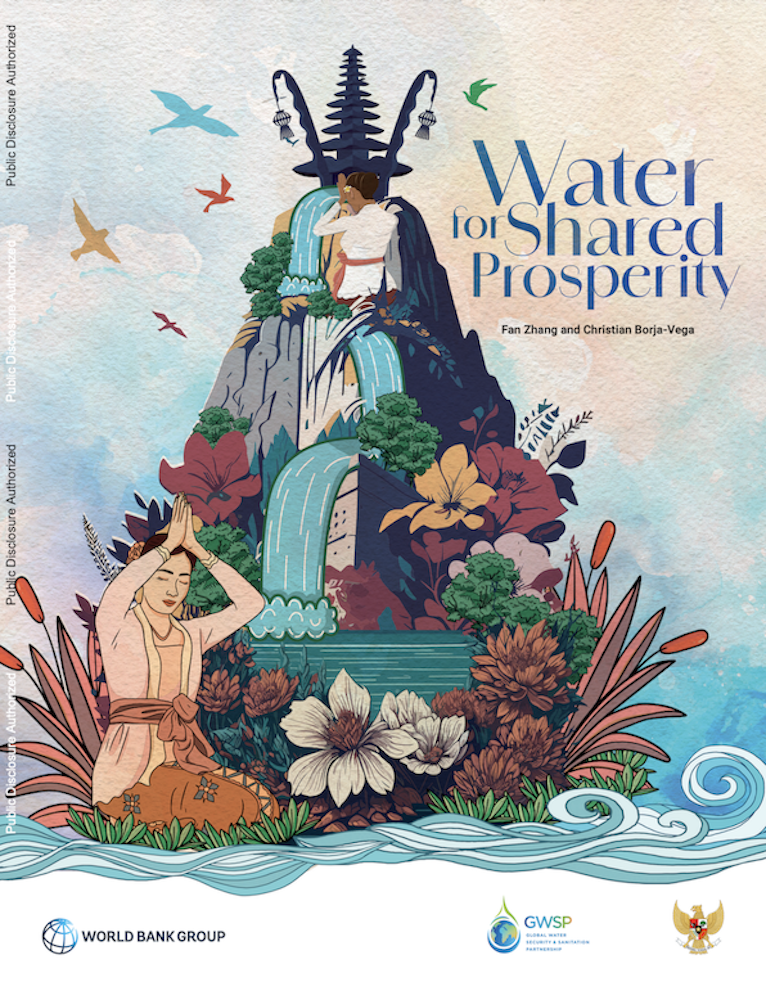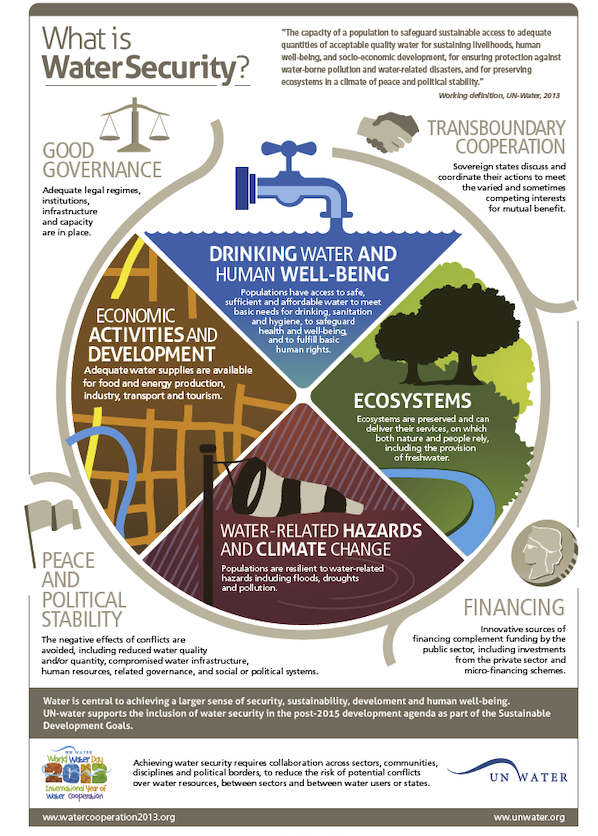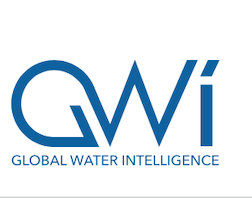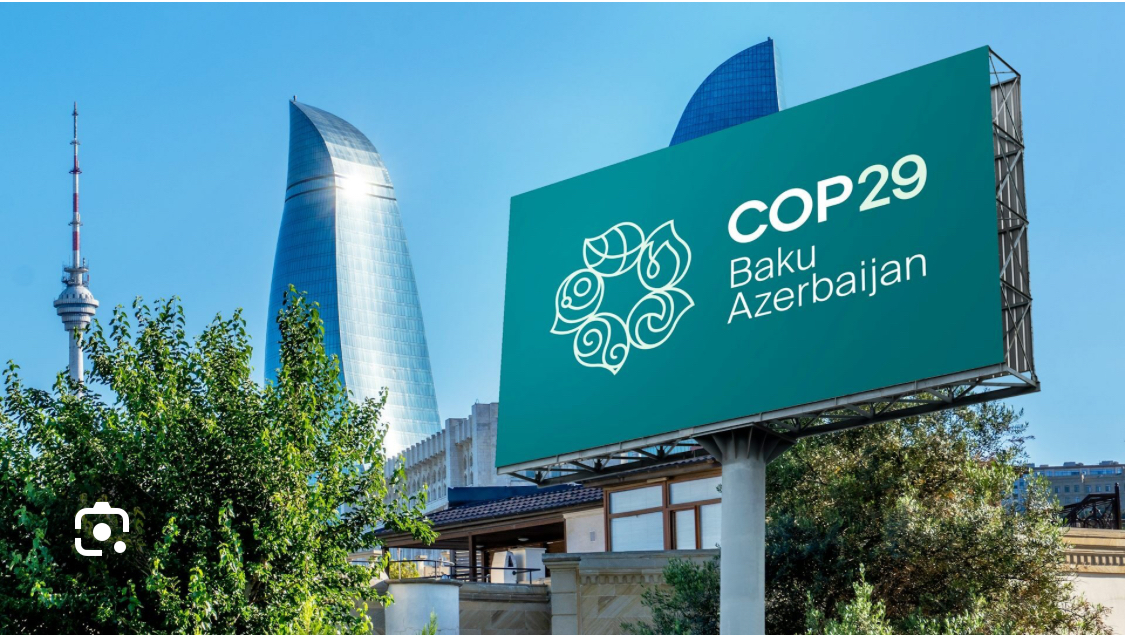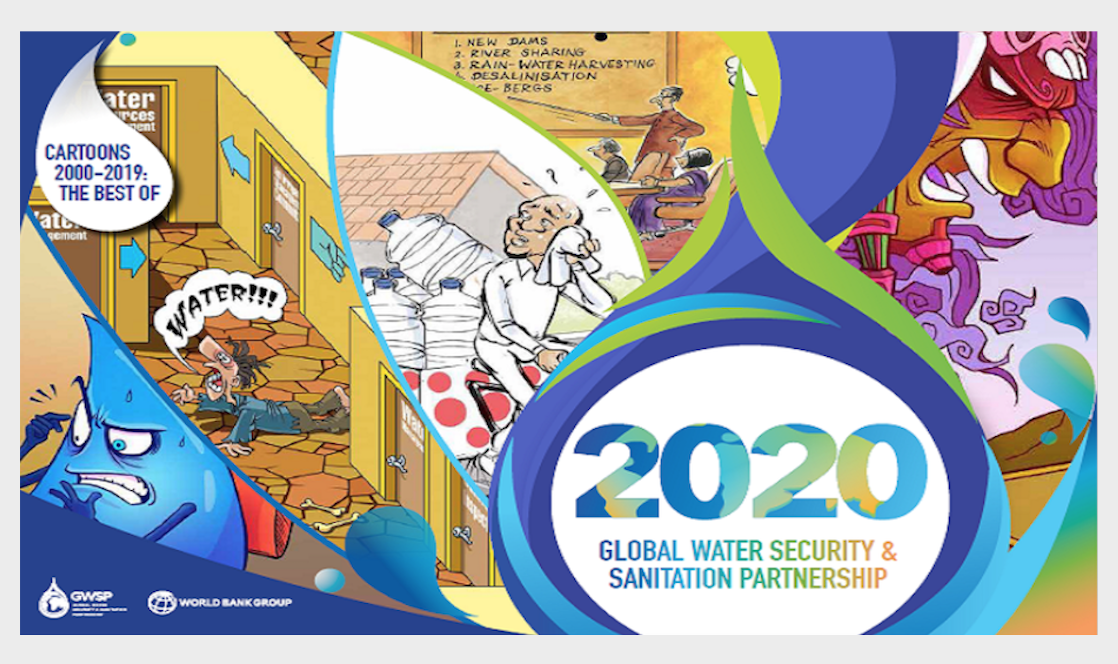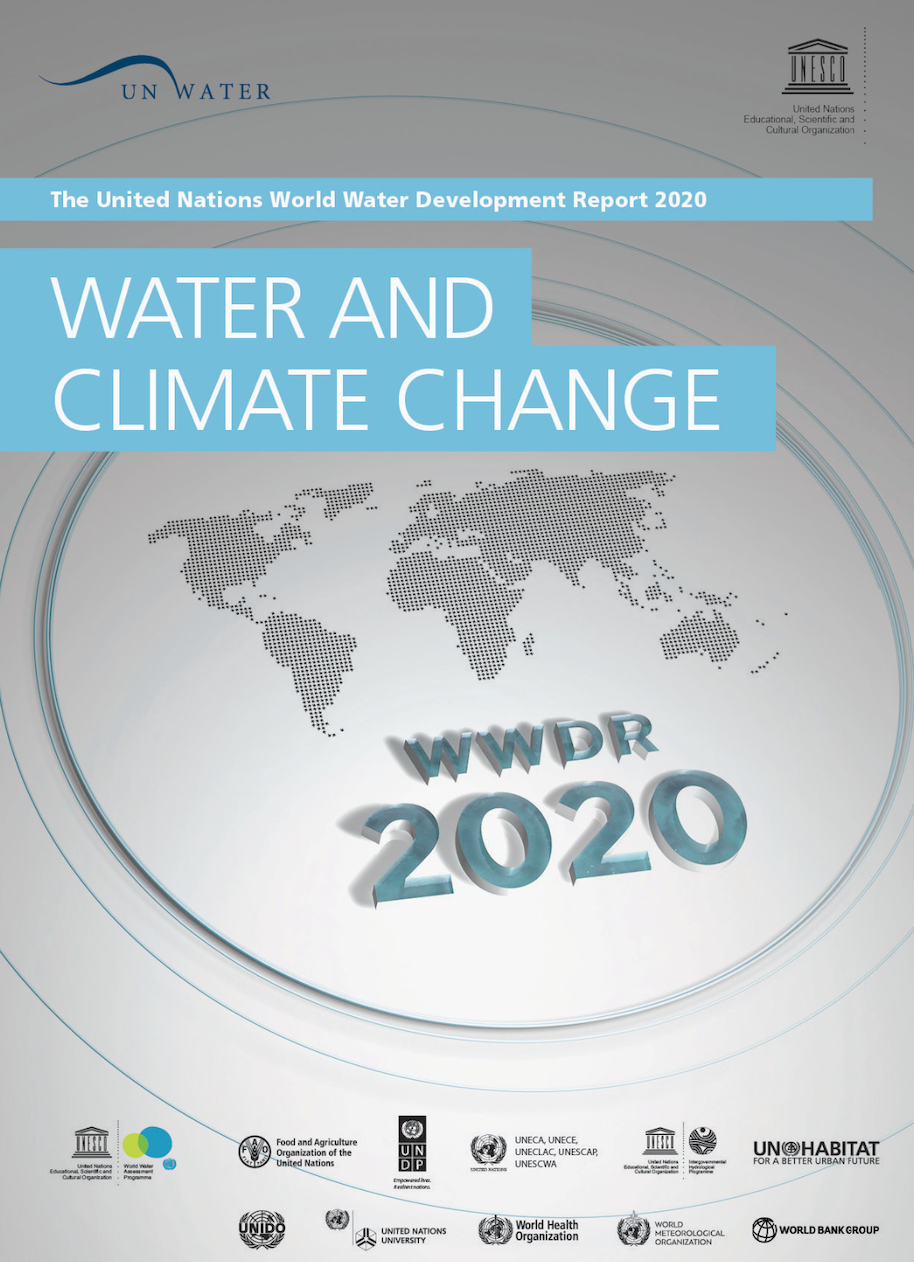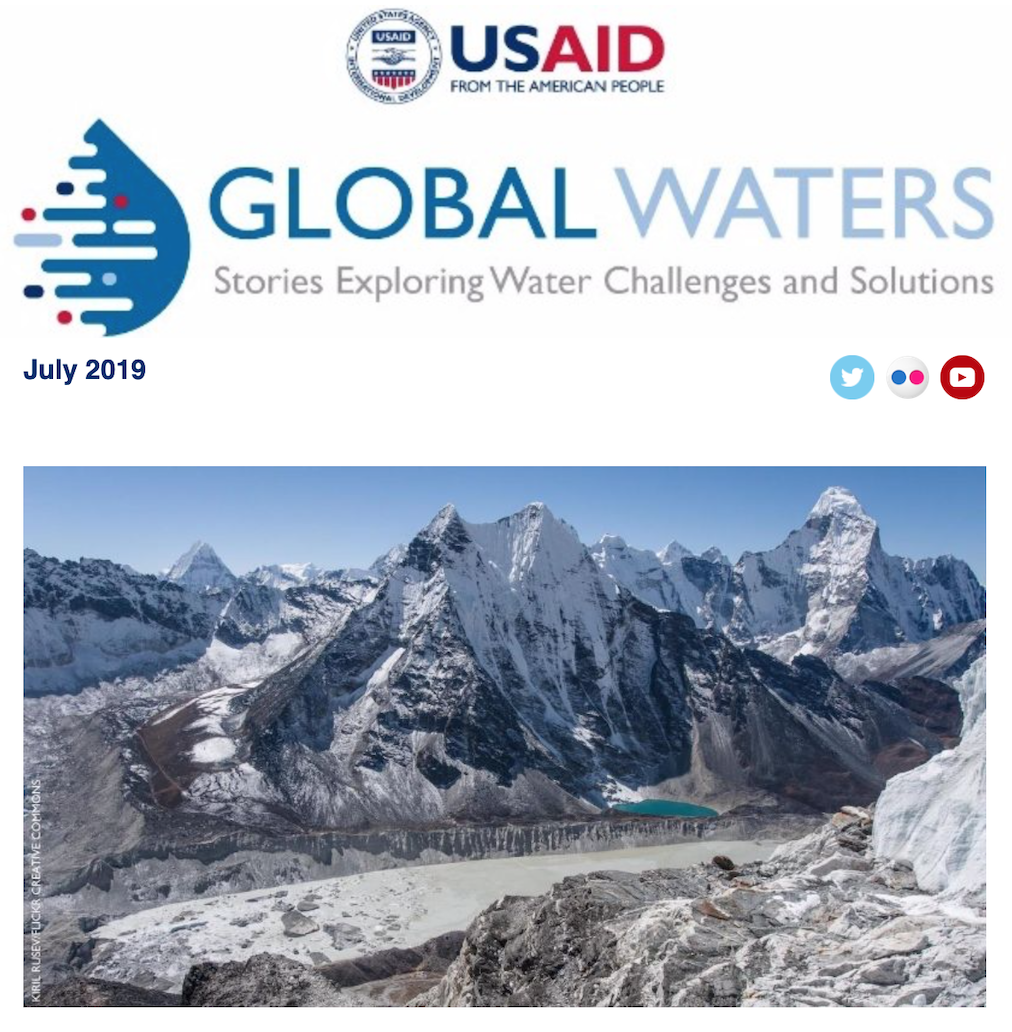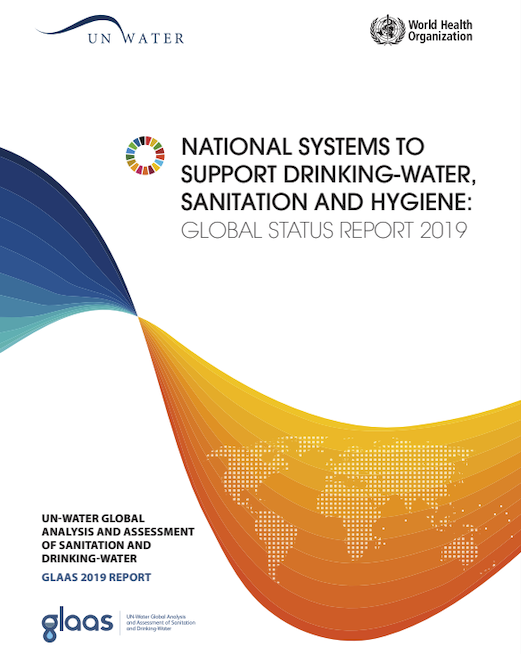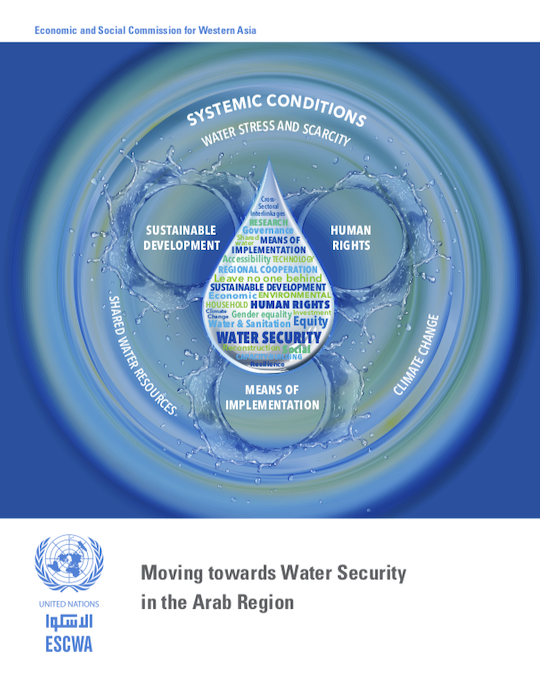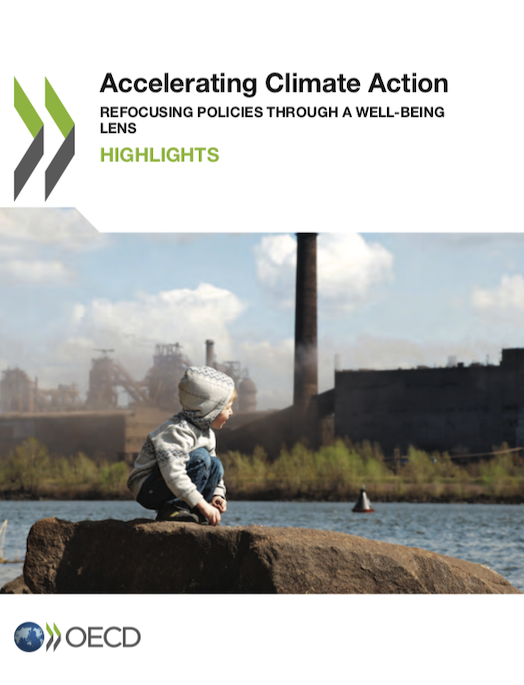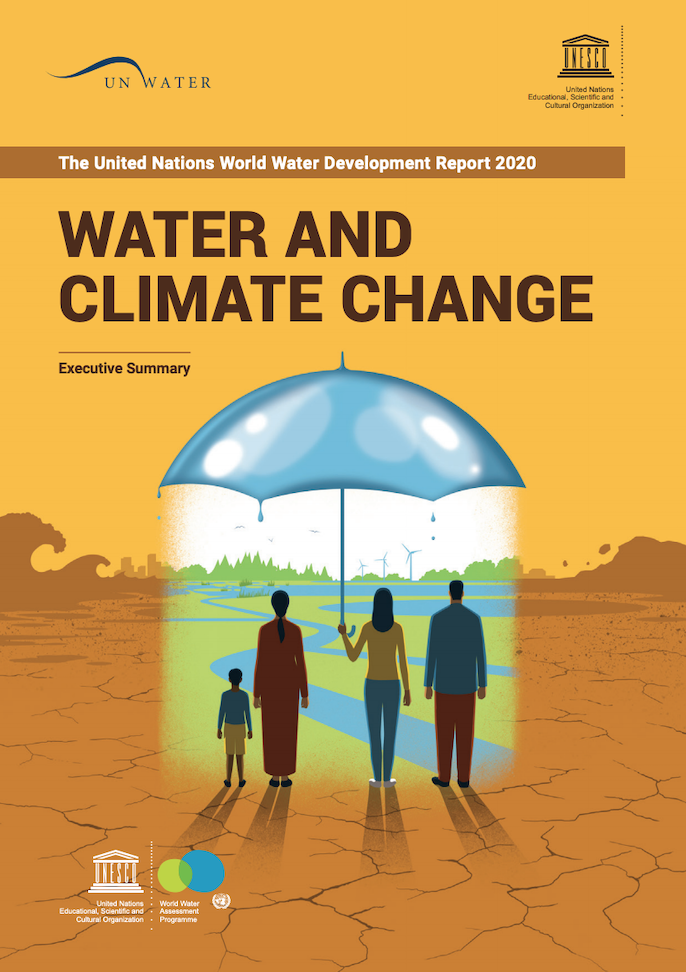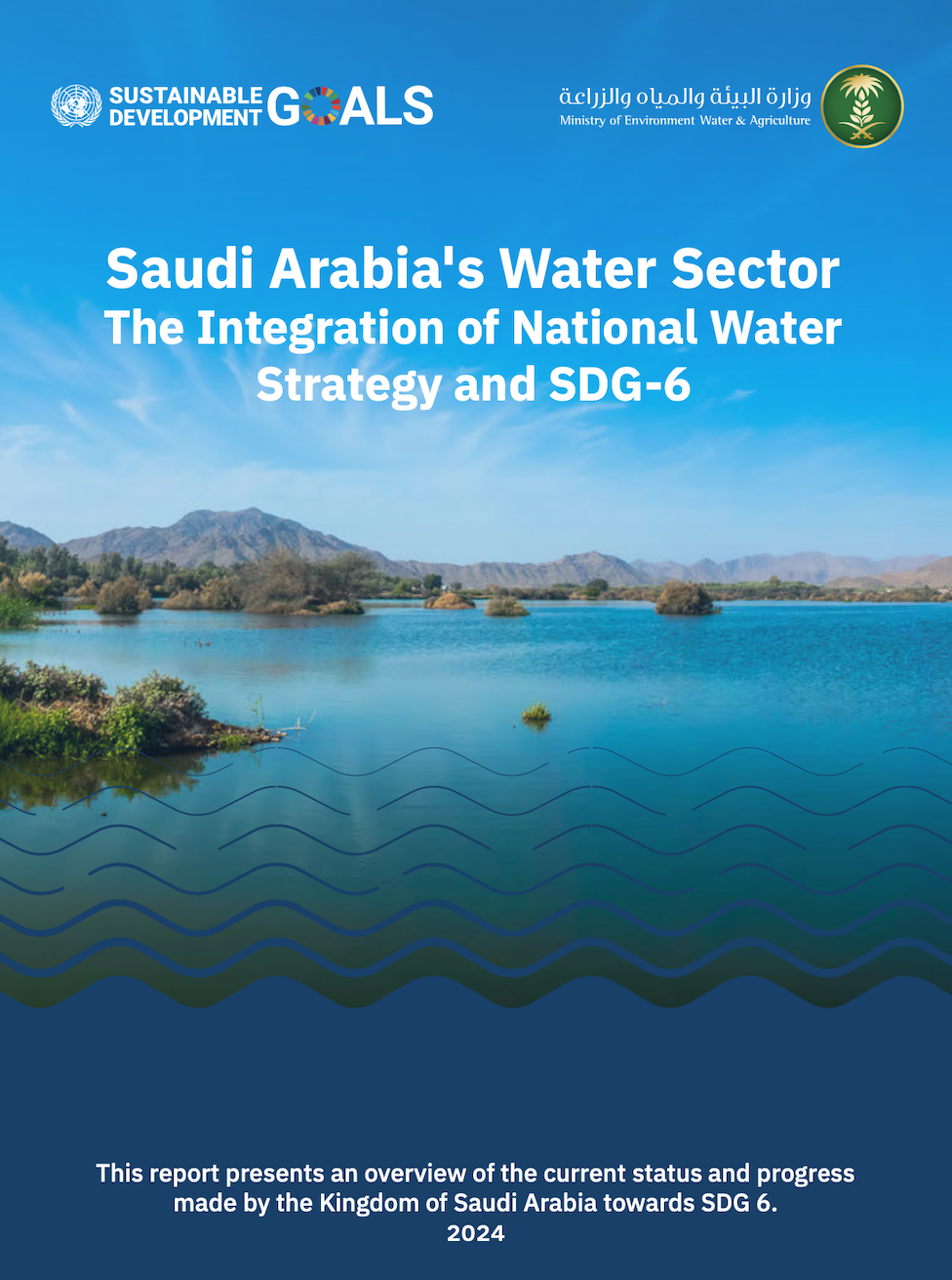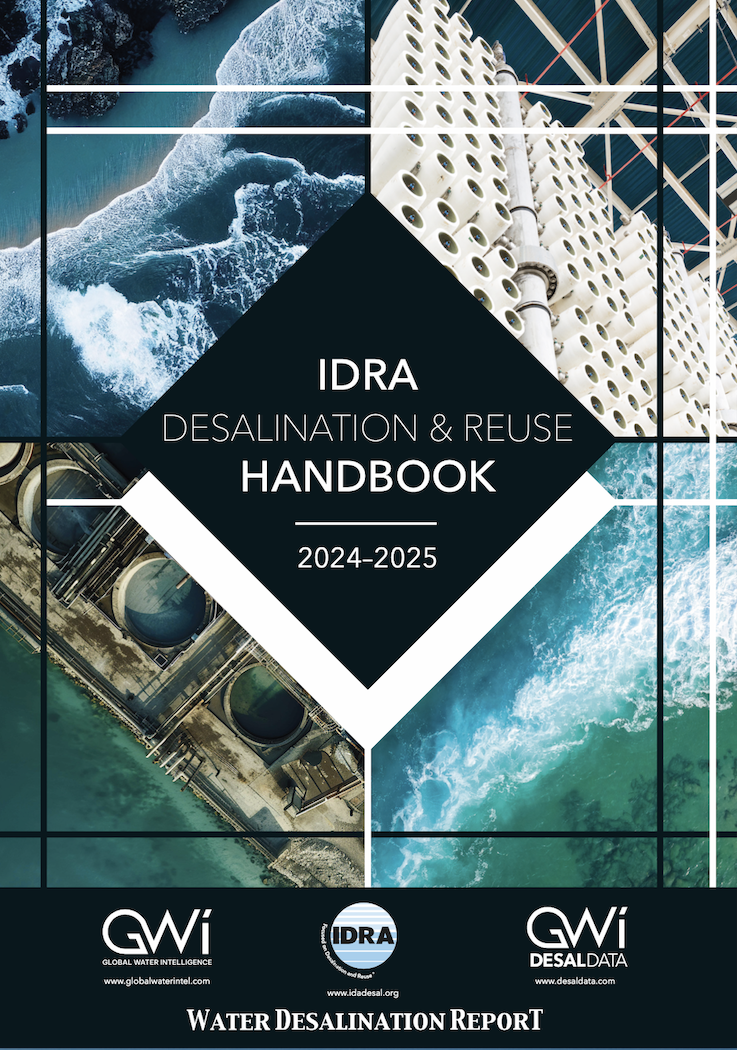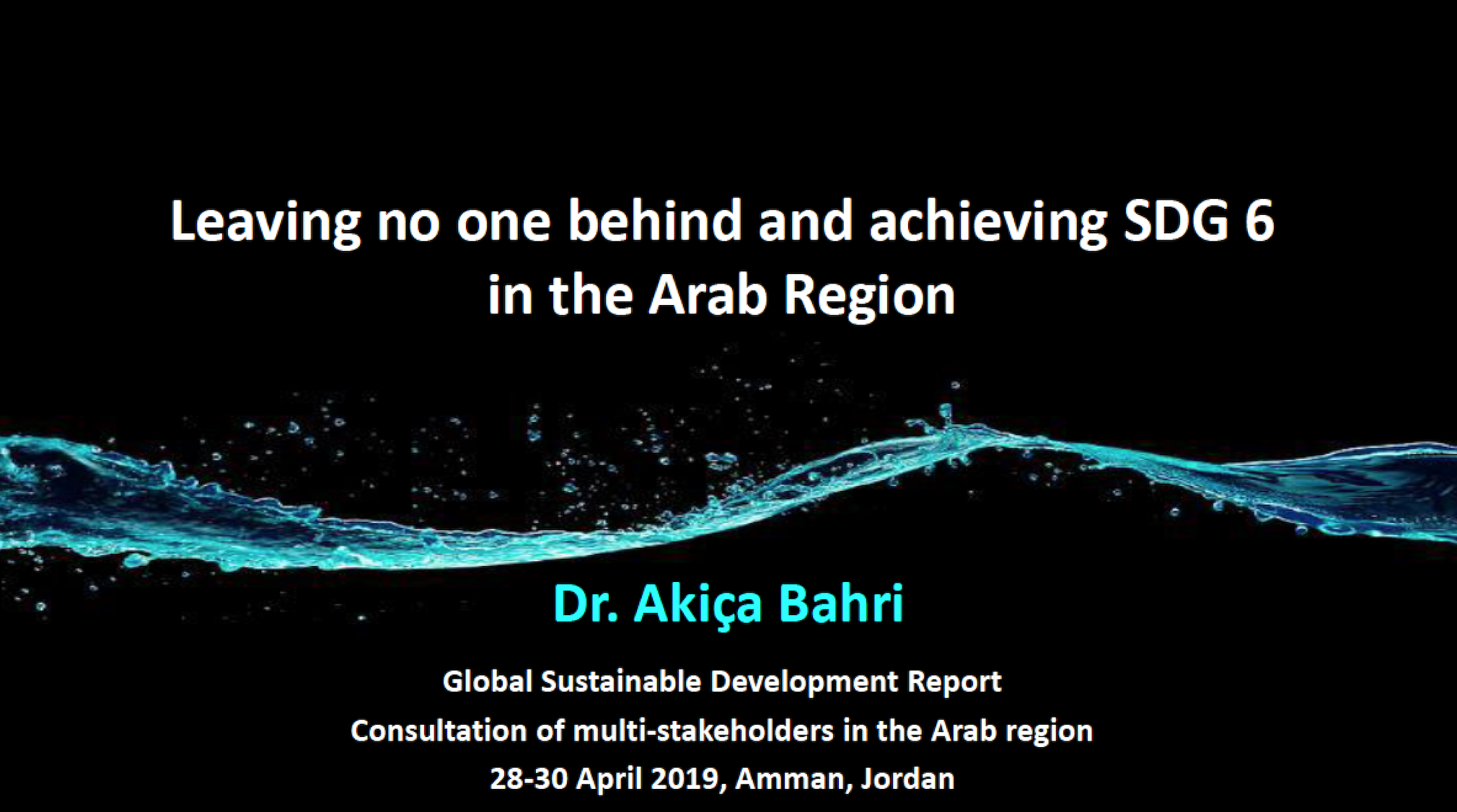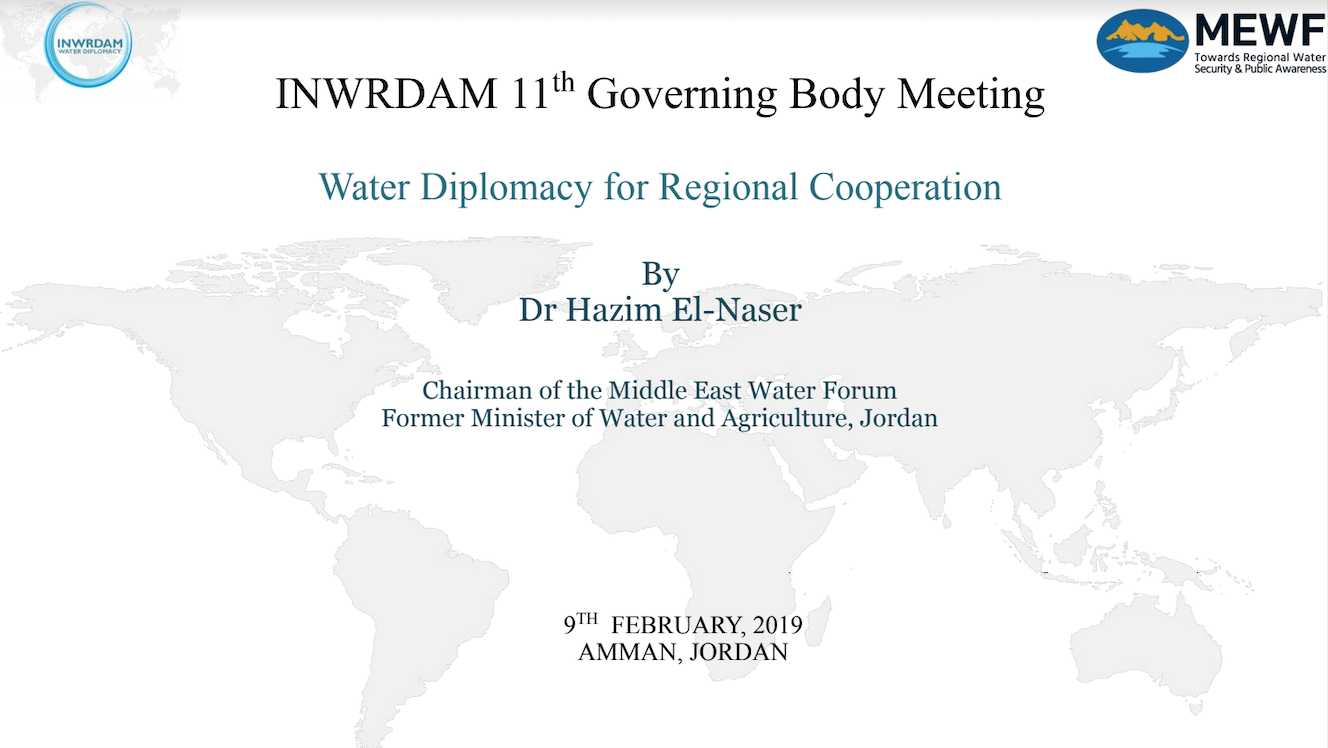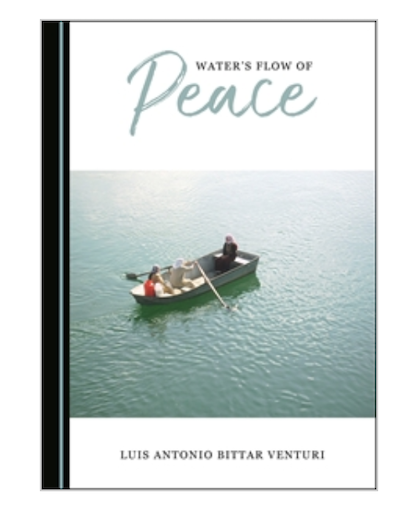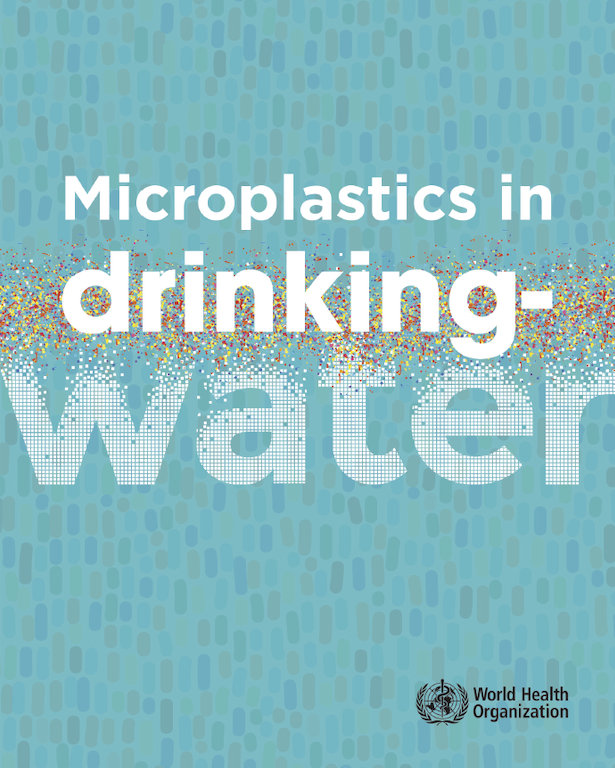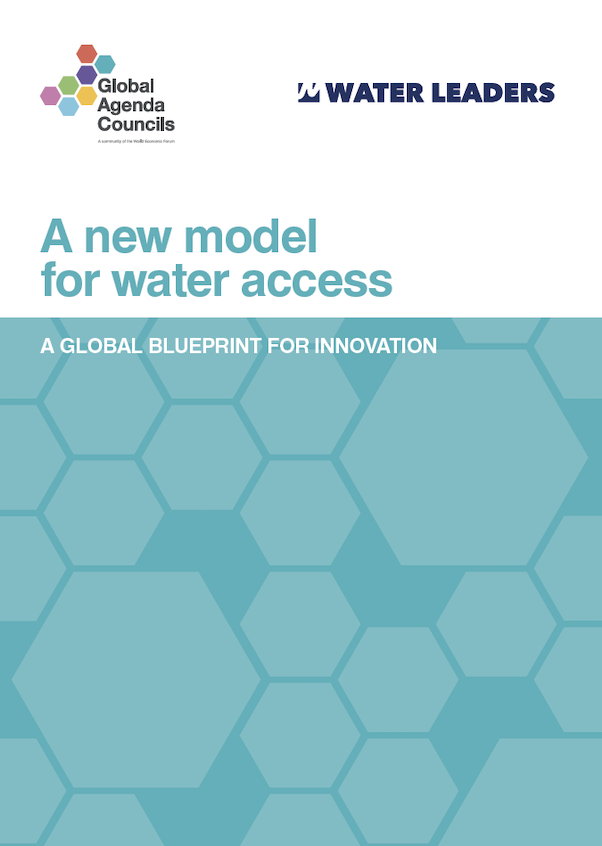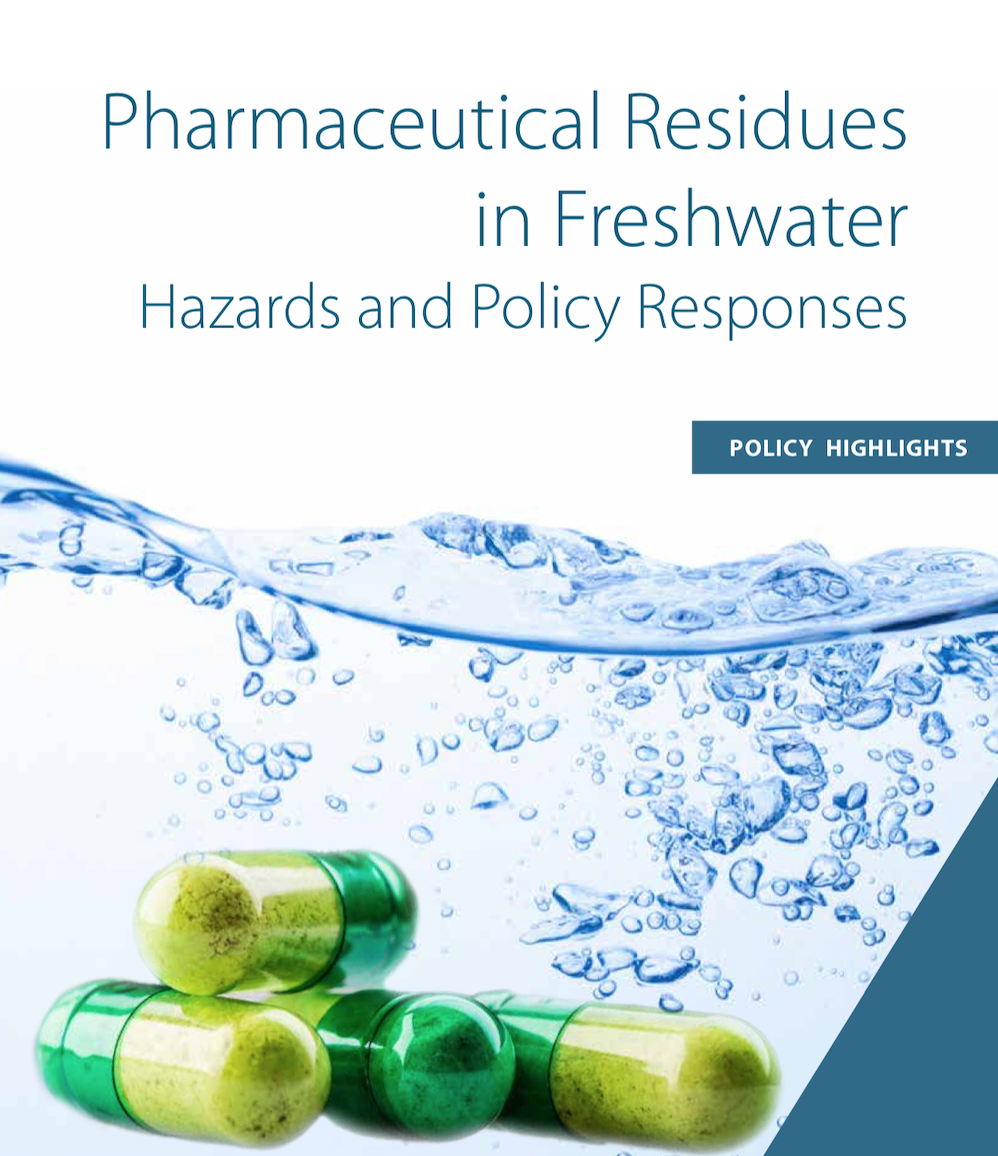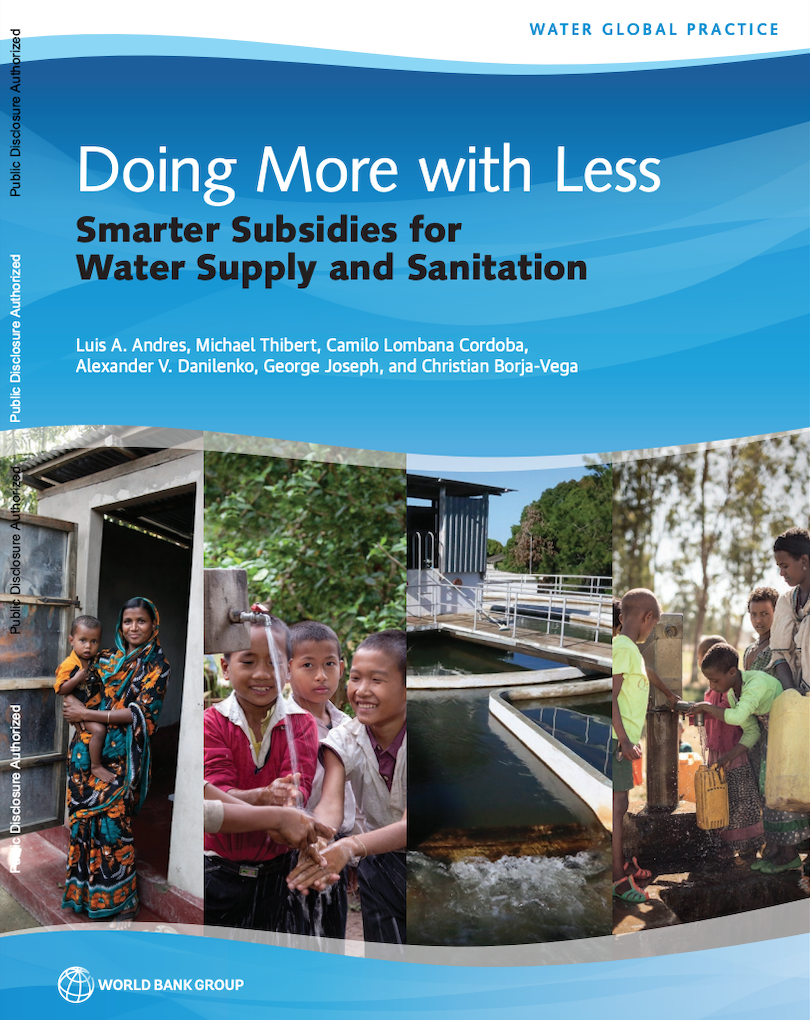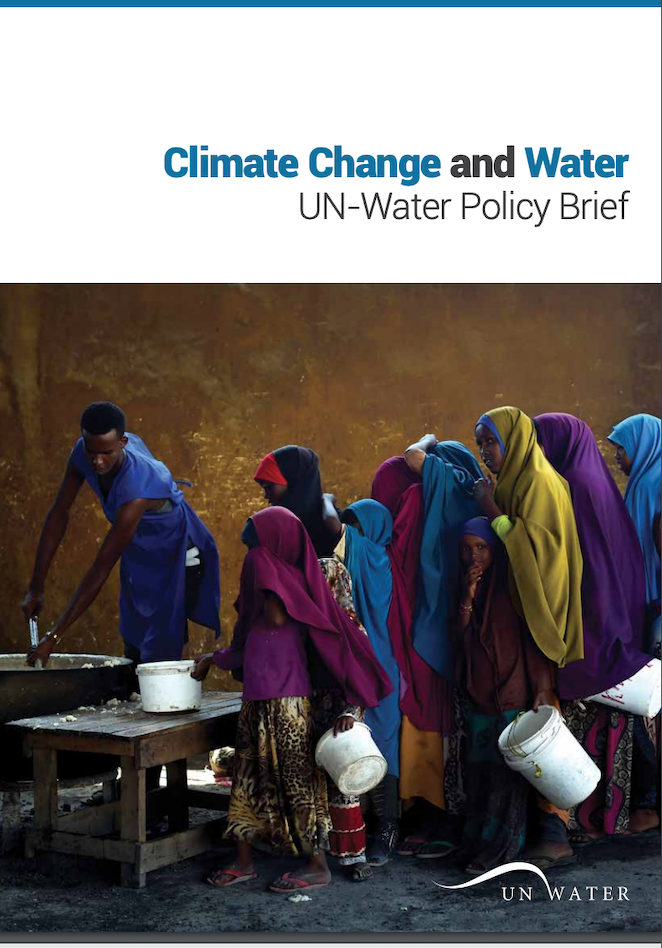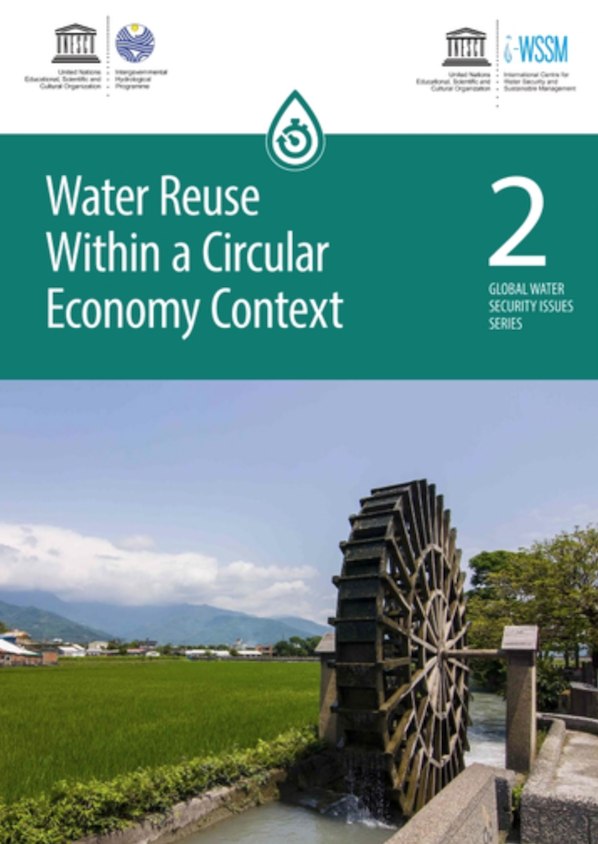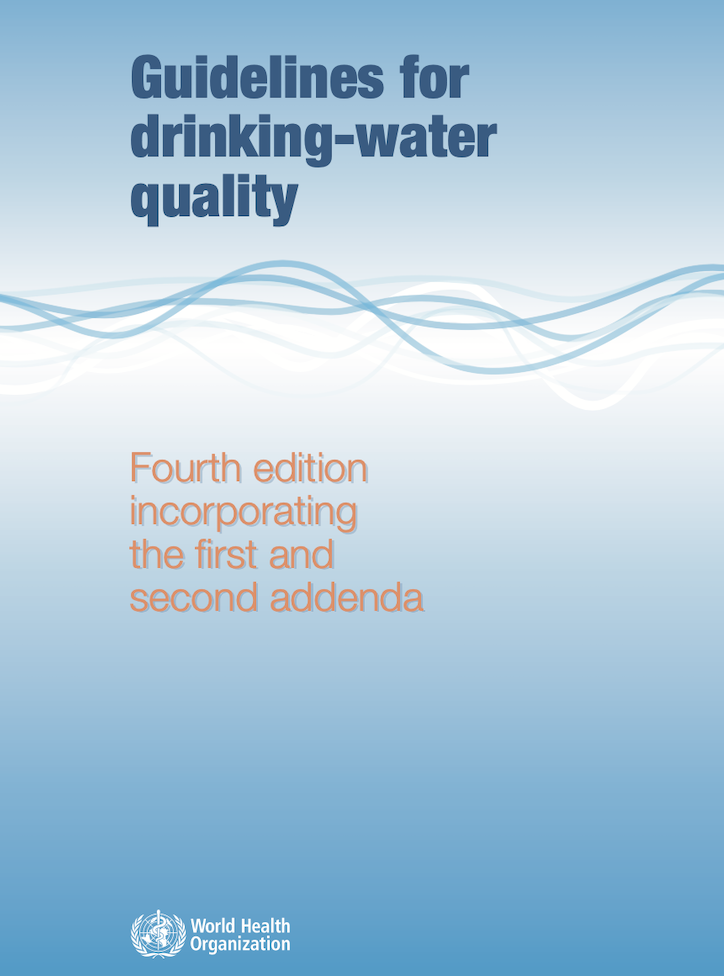
Source: The articles were originally published at World Bank Blog http://blogs.worldbank.org/water/top-8-water-blogs-2018
The Water Blog provided plenty to chew on if you’ve been following the interesting and insightful posts we published here in 2018.
Here's a rundown of some of 2018’s most popular blogs. From wastewater treatment, to water-energy nexus, to solar pumping, and to shared sanitation, what you liked reading on The Water Blog speaks volumes about the wide-ranging topics we’ve covered and the diverse perspectives we’ve brought to the global conversation on water and sanitation issues.

1. Wastewater treatment: A critical component of a circular economy
Traditionally, how we have been managing water resources and water services is linear in nature: water is extracted from the source, treated, and used; the wastewater is then treated and discharged in a receiving water body. But, we need to transition from the linear model to a circular one focused on reducing water use and consumption and promoting reuse, recycling, restoration, and recovery of water resources. To foster this paradigm shift, the Bank is working with the CAF and several countries to implement the “Wastewater: From Waste to Resource” initiative in Latin America. Read the full blog by Diego Juan Rodriguez, Senior Water Resources Management Specialist with the World Bank Water Global Practice, to find out the suggestions arising from this initiative.
2. Thirsty Energy: A five-year journey to address water-energy nexus challenges
Significant amounts of water are needed in almost all energy generation processes, from generating hydropower, to cooling (and other purposes) in thermal power plants, to extracting and processing fuels. Conversely, the water sector needs energy to extract, treat, and transport water. To address the challenges presented by water-energy nexus, the World Bank launched the Thirsty Energy Initiative five years ago, helping countries adopt and implement water-smart energy planning. Read the full blog by the Thirsty Energy team, as they reflected on the lessons learned along the way and shared a variety of resources developed in the last five years to move the needle on the issue.
3. Connecting with the people beyond the computers: my experience in flood risk management in Buenos Aires
The World Bank-supported Flood Risk Management Support Project for the City of Buenos Aires is working on helping 1.7 million people commute to work, and access schools and medical facilities, by reducing the impact from rain. Read the full blog by Catalina Ramirez, Senior Water Supply & Sanitation Specialist with the World Bank, who leads the project, as she shares a personal story of how people’s lives have been directly affected by the repercussions of flooding and how strengthening flood risk management and improving the drainage systems would help some of the most vulnerable communities of the city.
4. A low-priced water reuse process that also delivers renewable energy in rural areas
Anaerobic Digestion (AD) systems are installed for many different purposes, such as a waste treatment step, a means to reduce odors, a source of additional revenues, or a way to improve public image.
In Yucatan (Mexico), Michoacan (Mexico), Karur (India), and Jan Kempdorp (South Africa), we saw success stories of implementing Anaerobic Digestion (AD) for wastewater treatment. Read the full blog by Christian Borja-Vega, Senior Economist with the World Bank Water Global Practice, as he explores how to design, promote, and implement AD technologies as a sustainable and affordable solution in rural communities.
5. Solar Pumping 101: the what, why, and the how
In many communities, groundwater is being pumped by diesel fueled systems, which are both expensive and difficult to maintain. But fortunately, solar power offers a more cost-effective and environment-friendly alternative solution, especially for the communities where electricity is scarce. The highest demand for solar pumps is among rural off-grid areas, currently underserved, or served by costly fuel-driven pumps. Solar pumping is most competitive in regions with high solar insolation, which include most of Africa, South America, South Asia, and Southeast Asia; but the technology can operate successfully in almost any region of the world. Read the full blog by Kristoffer Welsien, Senior Water Supply & Sanitation Specialist, as he takes a deeper look at the various aspects of solar water pumping and introduces a handbook developed by his team.
6. China’s experience in tackling water scarcity through sustainable agricultural water management
Water scarcity is a pervasive problem across much of China. By the numbers, per capita water resources stand at only 2,100 cubic meters, which is one-fourth of the global average. Population growth, agricultural demands, and the adverse impacts of climate change further compound the challenge. The Water Conservation Project II supported by the World Bank tackled these water scarcity issues head-on through a series of interlinked operations in the Chinese provinces of Hebei, Shanxi, and Ningxia – three of the most water-scarce provinces in the Northern region of the country. Read the full blog by Terry Cho, Senior Water Supply & Sanitation Specialist, as he shares many important lessons from China which have global relevance and application.
7. How many people can share a toilet?
In urban areas, almost one person in ten uses a shared household toilet, i.e., a toilet shared with at least one neighboring household.
While individual household sanitation is both crucial and aspirational, it will be insufficient to meet the needs of growing urban populations in the coming years. Read the full blog by Rebecca Jean Gilsdorf, Water Supply & Sanitation Specialist, as she drew on a range of global experiences with shared household, community and public toilets and developed a guide titled Shared and Public Toilets: Championing Delivery Models That Work as part of the Citywide Inclusive Sanitation initiative.
8. Time to adapt to changing climate: what does it mean for water?
Recognizing that millions of people across the world are already facing the severe consequences of more extreme weather events, the World Bank Group announced a major new set of climate targets for 2021-2025 at COP24, which significantly boosts support for adaptation and resilience.
The front line of climate adaptation faces the new reality of dealing with too much or too little water, requiring new and more effective ways of managing this precious resource. What does this mean for our work related to both water resources and water services? How can we help bring new tools and practices to contribute to the broader adaptation agenda? Read the full blog by Greg Browder, Global Lead for Water Security and Integrated Resource Management, as he shed light on the key role of water management in climate adaptation.

